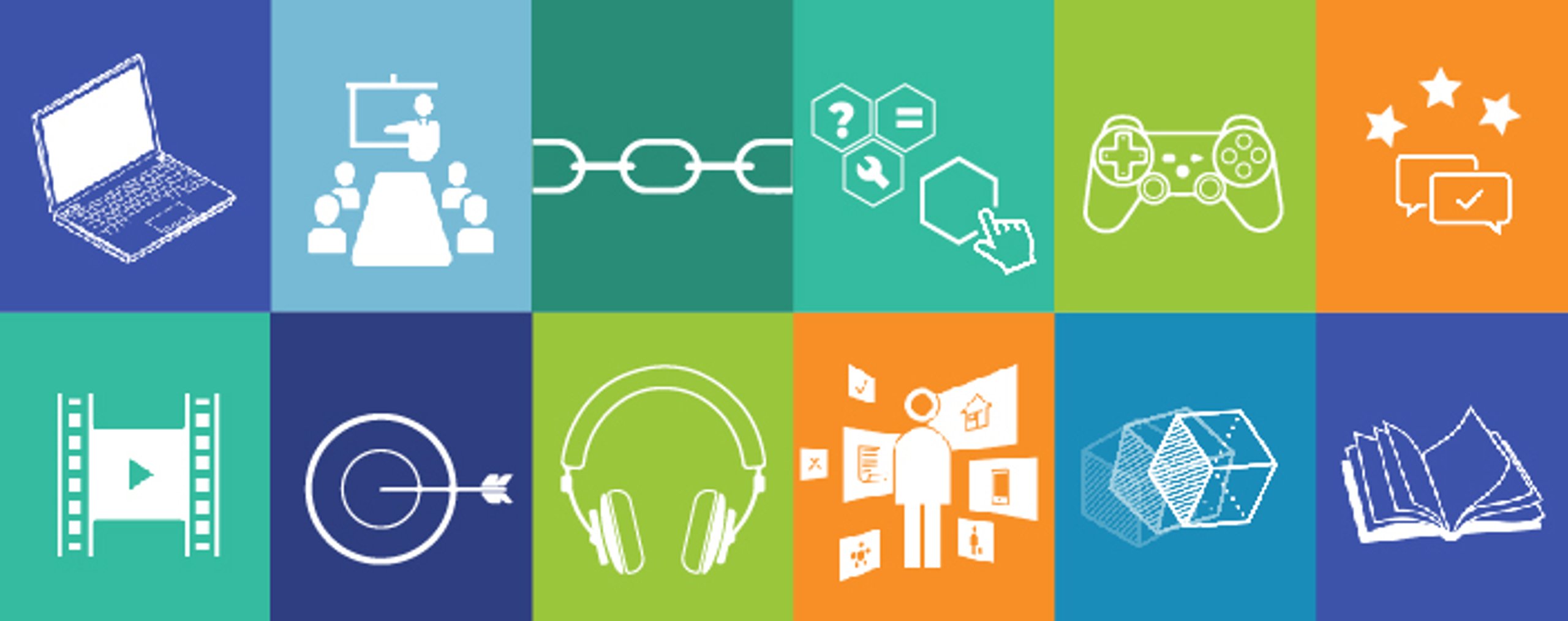
Better Methods to Learn Better Methods
January 13, 2019A recent article in the New York Times about learning effectiveness piqued our interest at MoreSteam because it recapped some research indicating that students learn much better from reading than from listening to recorded audio. Since forever, our students have given us consistent feedback that they want to be able to print course content. The sometimes‐overlapping preferences include: reading from paper instead of on screen, taking written notes on paper, and retaining a hard copy for reference.
Here's a summary of the referenced study's conclusion:
It sounds as if comprehension should be easier when listening than reading, but "easier" doesn't appear to mean "better". For example, one study compared how well students learned about a scientific subject from a 22‐minute podcast versus a printed article. Although students spent equivalent time with each format, on a written quiz two days later, the readers scored 81 percent and the listeners 59 percent.
The research supports our long‐standing design guideline to provide all content in easily‐printable text, but the study also misses an important point — what about the combination of reading + audio? We hear consistently from our students that they like the option of learning through two channels at once, especially for complex subjects.
This feedback highlights the central benefit of blended learning models — using a combination of rich learning methods. In other recent research, Dr. Will Thalheimer published a useful compilation of research on eLearning effectiveness. Here are some of the important conclusions of the various academic studies included in Thalheimer's report, along with commentary on MoreSteam's experience:
1. Blended learning works a lot better.
Blended learning outperforms classroom learning by a wide margin, probably because the eLearning used in blended learning uses more effective learning methods. Between 13% and 20% depending on what you measure.
From Thalheimer's summary:
"Looking more deeply at the results, there is clear evidence to suggest that it is not the eLearning modality that improves learning, but, instead, it is the learning methods typically used in eLearning — and used more often than in classroom instruction — that create eLearning's benefits. These learning methods include such factors as providing learners with realistic practice, spaced repetitions, contextually‐meaningful scenarios, and feedback."
MoreSteam customers report that their blended learning models have yielded a 30% mean improvement in effectiveness compared to earlier classroom training efforts.
So what are those methods that are contributing to greater effectiveness?
2. Flip it!
Consistent with the conclusions stated above, another study found that flipped classroom results outperformed eLearning‐only and classroom‐only.
One of the factors may be access to instructor‐led practice exercises. In the MoreSteam model, the flipping also adds simulation‐driven group practice, and that appears to be the secret sauce.
3. Playing online can work.
Role‐playing can be as effective online as in‐person.
This research gets us thinking about how we could improve digitally‐driven soft skills training by incorporating role play, possibly within a simulation.
4. Face‐to‐face coaching improves retention.
Online coaching is equally effective as traditional face‐to‐face methods, but face‐to‐face coaching reduces drop‐out rates.
MoreSteam clients report that when coaching is added to the learning model, results are notably better. Like any complex skill, process improvement benefits from an apprenticeship approach that provides lots of feedback and encouragement. (Sometimes confidence is a bigger hurdle than competence!).
5. Feedback is important and phased feedback is even better.
Step‐by‐step feedback improves performance in learning to solve math problems, rather than feedback on the full solution only.
Makes a lot of sense, doesn't it?
6. Retrieval beats recall.
Retrieval practice prompts learners to retrieve information from memory, typically by asking learners questions or engaging them in decision‐making.
Process improvement work in the real world requires a whole lot more than recalling facts, so the more open‐ended the practice the better, and simulations that also provide practice in the critical thinking that weaves new skills together to solve complex problems is the most powerful preparation.
7. Informality helps.
ELearning that adopts a conversational writing style that uses personal pronouns such as "you" and "your" will yield higher learning outcomes.
Overly formal content probably makes it seem more complicated than it is.
8. Drawing pictures is good.
On more difficult tasks, eLearning movies that show the instructor drawing produce better results than a presentation of static diagrams.
This jives with our experience. Several years ago, MoreSteam eLearning added supplementary "Take Two" videos of an instructor drawing pictures to explain complex topics. The response from students has been strongly positive — the second explanation with more pictures helps make things click.
9. Simulations work.
Across many studies, learning models with computer‐based simulations produced higher levels of declarative knowledge, procedural knowledge, and retention.
MoreSteam experience is strongly supportive of this conclusion. Simulations help build confidence through a shared experience, provide the connection between all the tools, and build the critical thinking skills to put it all together.
10. Animations are actually useful.
There is a small benefit to animations compared to static images.
We've found that animation done right can help, but it can be a distraction if it has no purpose.
11. Gamify it.
Digital games improve learning results.
Amen. There's nothing like a little friendly competition to get the juices flowing.
12. Control may be overrated.
Giving learners control over the pace and path of learning does not improve results. It may, however, improve acceptance.
There's a tension between freedom (treating people like adults), and providing useful structure to keep them on track when there are continual professional distractions. At MoreSteam, we believe that analytic‐driven intrusive coaching may offer the best compromise — imposing additional structure as needed.
13. Interactivity matters!
Interactive designs perform better than didactic designs.
Simply put, doing is better than telling. All of our experience tells us that practice matters more than anything!

CEO • MoreSteam
MoreSteam is the brainchild of Bill Hathaway. Prior to founding MoreSteam in 2000, Bill spent 13 years in manufacturing, quality and operations management. After 10 years at Ford Motor Co., Hathaway then held executive level operations positions with Raytheon at Amana Home Appliances, and with Mansfield Plumbing Products.
Bill earned an undergraduate finance degree from the University of Notre Dame and graduate degree in business finance and operations from Northwestern University's Kellogg Graduate School of Management.



